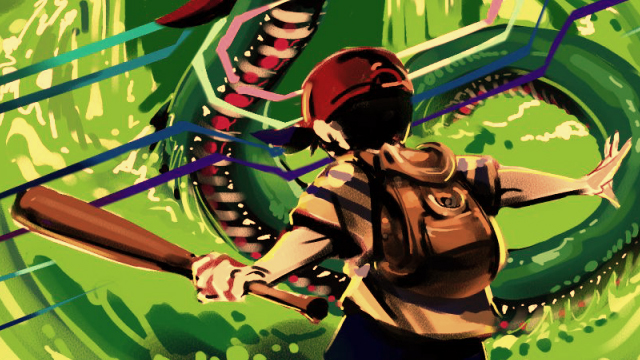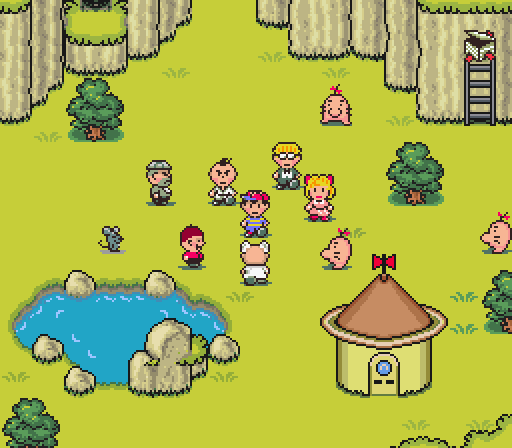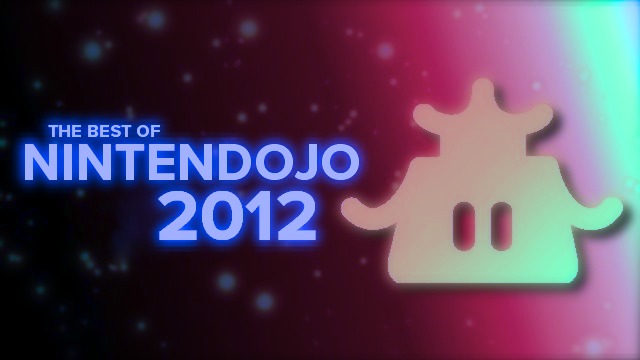|

Oh, Earthbound. For seventeen years, this stellar SNES RPG has been entertaining and delighting gamers with its modern day setting, colourful graphics and unique sense of humour. Supported by a modest but dedicated fan base, it’s spawned a vibrant modding community as well as an ocean of fan art and a great deal of analysis of the themes and messages that go beyond its cutesy exterior. Fans have put forward theories (some of which have since been disproved) about ultimate evil Giygas’ resemblance to a fetus, and they’ve also discovered series creator Shigesato Itoi’s inspiration for the character by a scene in a Japanese film he thought was a rape scene.
Nevertheless, the game is steeped in symbolism, and religion is one of those themes that Earthbound explores in quite some detail. It was thus an easy decision when this article was commissioned that it would benefit from input by those who had studied the game extensively, and the folks at Starmen.net have helpfully provided some ideas on how religion and spirituality have been portrayed in Earthbound, and how a JRPG from the mid-nineties can still tell us a lot about the human condition.
There are few overt references to any one religion, but Paula, the first companion of protagonist Ness, famously uses her Pray command to end the final battle with Giygas. This is as near to an explicit reference to any one religion as can be found in the game, since Paula, a white girl living in a town that parodies small-town America, would almost certainly be Christian. Additionally, as translator and Starmen.net founder Clyde Mandelin discovered, the original script for Mother 2 (the Japanese version of Earthbound) had Paula using the phrase “Kami-sama ga iruno nara,” which means something along the lines of “God, if you’re there.” The line was likely edited out of the North American release due to Nintendo of America’s well-documented censorship of religious themes in their games, but it proves Paula originally had faith in a God.

But while Paula is a believer, Ness could be considered a Christ-like figure, travelling the land fighting evil and spreading love to others. His coming is foretold by Buzz Buzz’s species much as Jesus’ was by the Hebrews. Ness and his followers (literally– companions in Earthbound follow behind the party leader) feed the hungry, heal the sick using Ness’ great propensity for healing PSI, and cast out evil spirits like the menacing Giygas.
Towards the climax of Ness’ journey, he also leaves the party to explore the world of Magicant. This bizarre world of mismatched architecture and evil creatures is intended to serve as a window into Ness’ psyche, culminating with a battle against the Mani Mani statue which inspires evil in all who encounter it throughout the game. This isolated exploration of oneself is similar to Jesus’ forty days in the desert, during which he is said to have faced temptation towards sin by the devil.
In addition, Ness, like Jesus, spreads a message of love wherever he and his friends end up. Early in the game, for instance, Ness convinces gang leader Frank Fly to leave the crime business and embark on a *ahem* lucrative career working in a fast food joint. He then proceeds to dismantle and break through the brainwashing of the heretical cult of the Ku Klux Klan-esque Happy Happyists, before taking on the corrupt corporate CEO Geldegarde Monotoli. He empowers the meek, finding a book on overcoming shyness for the timid Tenda people, and generally acts like an all-around good guy.
Pages: 1 2




 ShareThis
ShareThis







